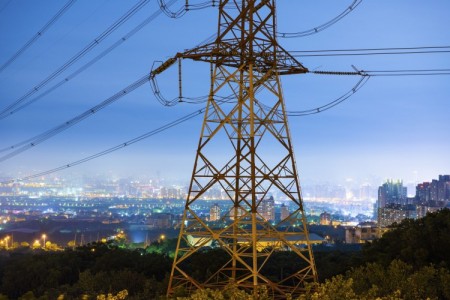Water transportation requires an enormous amount of electricity, which only increases as water sources diminish throughout regions plagued with drought.
The electric power transmission and distribution system (the grid) is a critical and extraordinarily complex part of our nation’s infrastructure. Reliable electricity service is essential to health, welfare, communication, and commerce. Because of its scale and complexity, the grid also poses many challenges in maintaining reliable operation.
New “smart grid” and “smart meter” technology, however, is abetting water to bathtubs and lawn hoses while also saving millions of gallons and thousands in electricity costs in the process.
From the tiny island of Malta to homes in America, the concept of using a “smart grid” to help govern electricity transmission and water distribution is emerging. With costs of electricity and water rising to new heights, keeping prices down while increasing efficiency is spurring technology updates around the world.
One country taking this more efficient and economical path is Malta, a small island in the Mediterranean, which launched a 70 million Euro project four years ago to solve these issues. The island’s two main water and power utilities asked IBM to tie the two grids together in order to become the only “smart grid” project in the world. Today, goals to reduce deficits, increase efficiency, and end “estimated” costs by providing “real-time” viewing of usage are becoming a reality.
Over the past decade in the U.S., the Energy Independence and Security Act has apportioned $100 million in funding to update the current aging infrastructure. Funds for this project have ensured greater access for consumers, and increased smart meter usage to reduce energy use and encourage greater efficiency.
Expanding innovative technology into both our power and water grid will result in a cleaner and more efficient system. America must move towards a more established and updated infrastructure system, to guarantee efficiency and reliability for consumers.
Read the full article on FuelFix.






